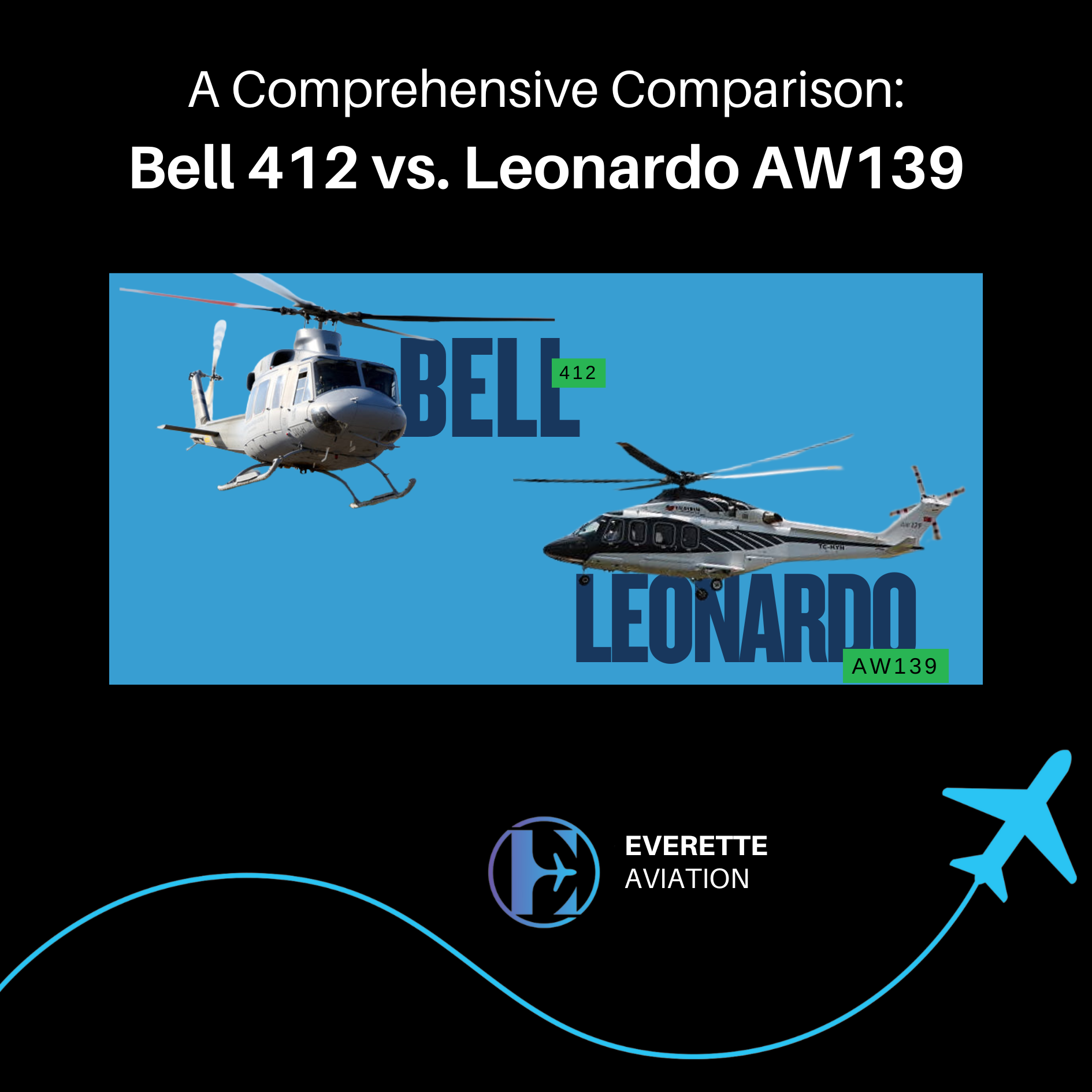Evaluating aircraft damage related to value involves assessing the extent of damage to an aircraft and determining its impact on the overall value of the aircraft. This process is crucial for insurance claims, aircraft transactions, and decision-making regarding repair or replacement.

First we must determine the type of damage sustained by the aircraft. Is it structural damage, engine damage, avionics damage, or cosmetic damage? The type of damage will greatly affect the aircraft’s value and potential repair costs.
Assess the extent of the damage. Is it minor, moderate, or severe? The more extensive the damage, the more it can impact the value of the aircraft.
Consider the age and model of the aircraft. Newer models generally hold higher values, and damage to a newer aircraft may have a more significant impact on its value compared to an older aircraft.
Evaluate the current market demand for the specific aircraft model. If the aircraft is in high demand, the impact of damage on its value might be mitigated to some extent, as there could be more buyers willing to invest in repairs.
Estimate the cost of repairing the damage. If the repair costs are relatively high, they might outweigh the potential increase in value after repair, making it less financially viable to repair the aircraft.
Even after repairs, an aircraft might experience diminished value due to its history of damage. This can affect its resale value and make it less attractive to potential buyers.
Consider the impact of the damage on the aircraft’s airworthiness and safety. Safety concerns can significantly impact the value, as buyers will be more hesitant to invest in an aircraft with a compromised safety record.
Ensure that all damage and repair documentation is accurate and well-documented. Clear records of the damage and the repairs performed can provide transparency to potential buyers or insurers.
Obtain professional aircraft appraisals from experts who have experience in evaluating damaged aircraft. Their assessments can provide a more accurate estimate of the aircraft’s value both before and after repairs.
If the damage is covered by insurance, work closely with the insurance company to ensure a fair assessment of the damage’s impact on the aircraft’s value.
Look at comparable aircraft sales in the market to gauge how damage affects the value of similar aircraft. This can help you understand how potential buyers might react to the damage.
When engaging in aircraft transactions involving damaged aircraft, be prepared to negotiate based on the extent of the damage and its impact on value.
Remember that evaluating aircraft damage and its impact on value can be complex and may require expertise in aviation, mechanics, and valuation. It’s recommended to work with professionals who have experience in aircraft appraisal and aviation industry knowledge to make well-informed decisions.








